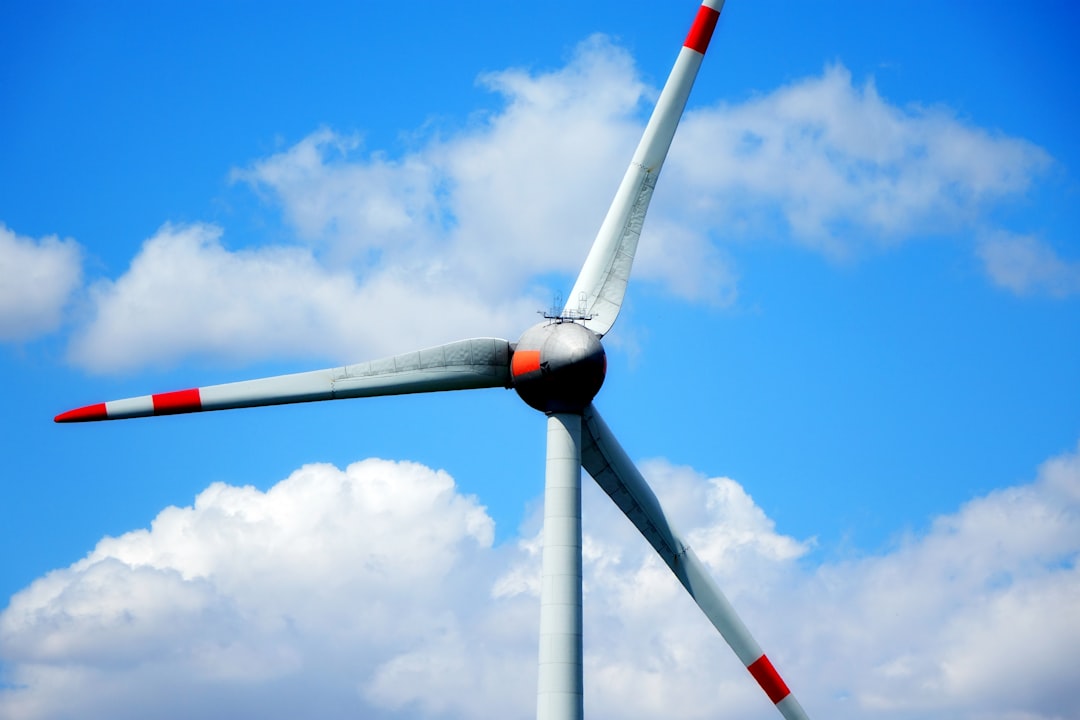What is it about?
This study identifies stakeholder (industry, government, other users, community groups) concerns about a new commercial aquaculture practice, known as integrated multi-trophic aquaculture. This is a practice which integrates cultivation of fed species (e.g. fish) and extractive species (e.g. shellfish/seaweeds). Concerns included: spatial location issues, food safety and disease. However, perceived benefits included use of waste, reduction of seafloor impact, the creation of new income streams and an improved industry image.
Featured Image
Why is it important?
Integrated multi-trophic aquaculture is currently moving from pilot to commercial scale, with operations having taken place in Canada, Europe and now Australia. There is the potential for it to become a mainstream practice. However, like all new technologies and processes, it must be socially acceptable, and business survival and success can depend on satisfying key stakeholders.
Perspectives
We are becoming increasingly aware of the importance of societal acceptability for new industries and technologies, particularly in light of huge media campaigns - an example of which is the SuperTrawler in Australia. I think it is imperative that the concerns of those who are likely to be affected are heard, so that any issues can be addressed. I hope that those who seek to develop integrated multi-trophic aquaculture systems read this article and consider the concerns and risks identified therein.
Dr Karen A Alexander
University of Tasmania
Read the Original
This page is a summary of: Improving sustainability of aquaculture in Europe: Stakeholder dialogues on Integrated Multi-trophic Aquaculture (IMTA), Environmental Science & Policy, January 2016, Elsevier,
DOI: 10.1016/j.envsci.2015.09.006.
You can read the full text:
Contributors
The following have contributed to this page










